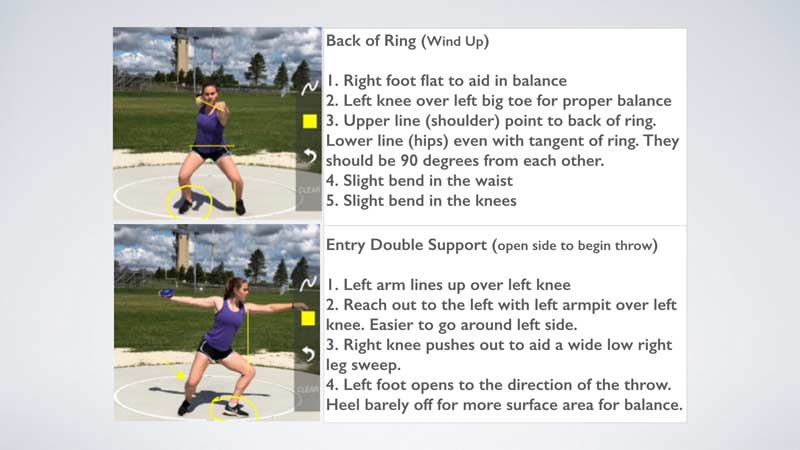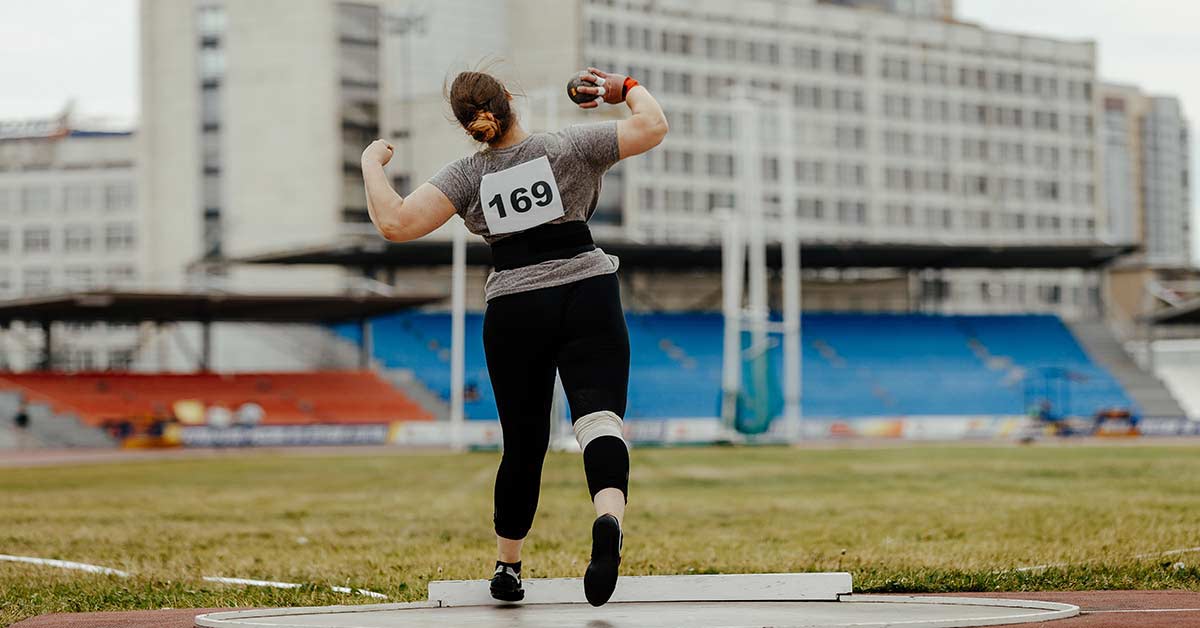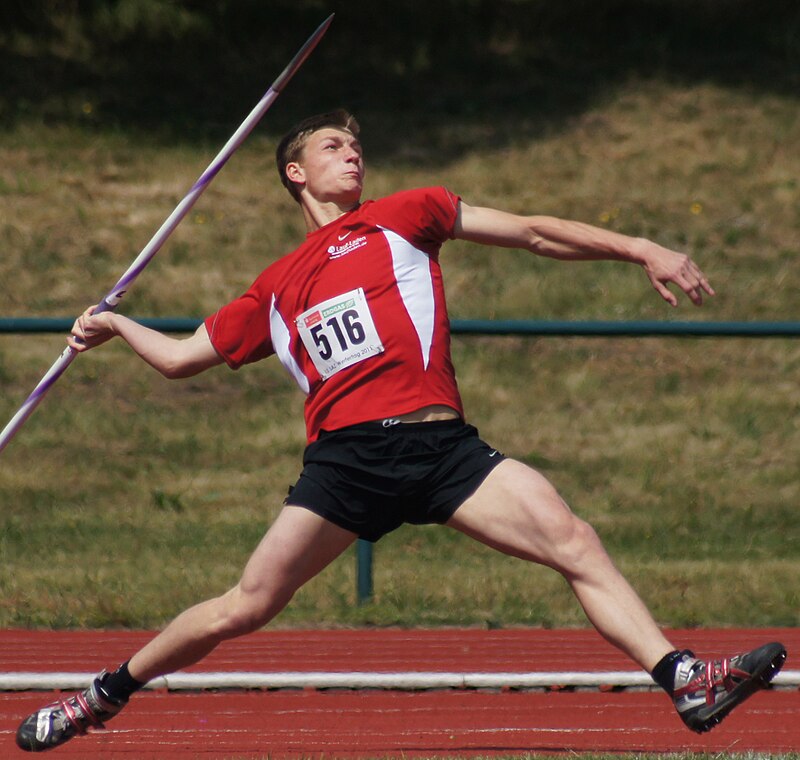See This Report on 4throws
4throws Fundamentals Explained
Table of ContentsExcitement About 4throws4throws for DummiesThe Of 4throwsGet This Report about 4throwsThe 9-Second Trick For 4throws
If not, the young bottles might be more probable to have elbow joint and shoulder injuries. It is common for a train to "get" a bottle when the maximum number of pitches has actually been thrown or if the video game circumstance asks for a modification. If the bottle remains to play because video game, he ought to be placed at shortstop or 3rd base where long hard tosses are required on a currently tired arm.This combination causes too many throws and boosts their risk of injury - Shotput. The safest place is transferring to second or 1st base where the tosses are shorter and less anxiety is positioned on the arm. It is also essential to recognize for how long to relax young bottles in order to allow the most effective recovery between trips
Pitchers need to also ice their shoulders and elbow joints for 20 mins after tossing to advertise recuperation. Some gamers may play on greater than one group in a period. This warrants very close attention to proper rest. Body and arm fatigue adjustment auto mechanics and cause injury. When using numerous groups, think about pitching on just one and playing an area placement on the various other (not catcher).
Any individual can toss a sphere "over-hand," however not everyone can do it well. While throwing a sphere shows up easy, it is really a complex set of activities. Shotput.
Getting My 4throws To Work

(https://www.merchantcircle.com/4throws-miami-fl#tips)The shoulder joint is included three bones, scapulae, clavicle and humerus. The head of the humerus hinges on the Glenoid fossa of the scapula where it articulates when the muscles of the shoulder agreement to relocate the arm. The head is held "against" the glenoid surface by means of the four Potter's wheel Cuff (RTC) muscular tissues, which act together and form a pressure couple when the arm is moved.
The more the shoulder can be externally revolved while it is abducted, the greater the round can be tossed with force and rate, supplying all other body parts and activities remain in synch. If any type of facet of these technicians is "off," an injury can strike the shoulder or elbow that can bring about the failure to throw a round.
It is the beginning of the tossing movement, preparing the "body components" for the act of tossing a ball. Activity happens in the reduced extremities and torso where the vast bulk of "power" to throw a sphere is generated. Throwing shoes. In this phase, the shoulder musculature is minimally energetic. This phase prepares the arm to be able to toss the resource sphere.
4throws Can Be Fun For Everyone
This shoulder setting puts the former upper quadrant musculature on a "stretch" and prepares it to contract vigorously when the arm begins to move on in the next phase of the tossing activity. The body starts to move on in the direction of its target during this phase. The lead shoulder is guided at the target and the tossing arm proceeds to move into extreme outside turning.

When the sphere is released, the posterior quadrant musculature starts to acquire eccentrically and strongly to reduce and manage the rotational speed of the Humeral head. In concept, if the eccentric control of the Humeral head did not occur the arm would certainly continue to rotate inside and "spin" out of hand.
The 10-Minute Rule for 4throws
The last phase of throwing is the follow-through. This phase reduces down all body activities and stops the forward motion of the body.
Tossing a round "over-hand" involves movement in all components of the body. If the technicians are performed correctly, the round can be tossed with fantastic speed and precision. If the body is educated appropriately, the act of tossing can be performed repetitively without causing an injury to the throwing shoulder.

Paul Whatley, M.D. "When I was a youngster, baseball was only in the springtime and early summer, so children had plenty of time to recover from any kind of concerns associated to repetitive activities and anxiety," he says. "Currently, in order to keep up with everyone else, there is extreme pressure for players to go from the springtime season straight into summer season 'All-Star' competitions and showcases, complied with by 'Fall Round.' Consequently, there can be really little time for the body to recover from a sporting activity where repeating is the key to establishing the muscle memory for success.
4throws - Truths
When this movement is done over and over at a high price of speed, it puts considerable stress on the growth areas of the arm joint and the physiological framework of the shoulder, especially in the late cocking and follow-through phases. As a result of this, several of one of the most common injuries seen in baseball players impact the shoulder and arm joint.